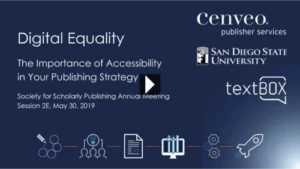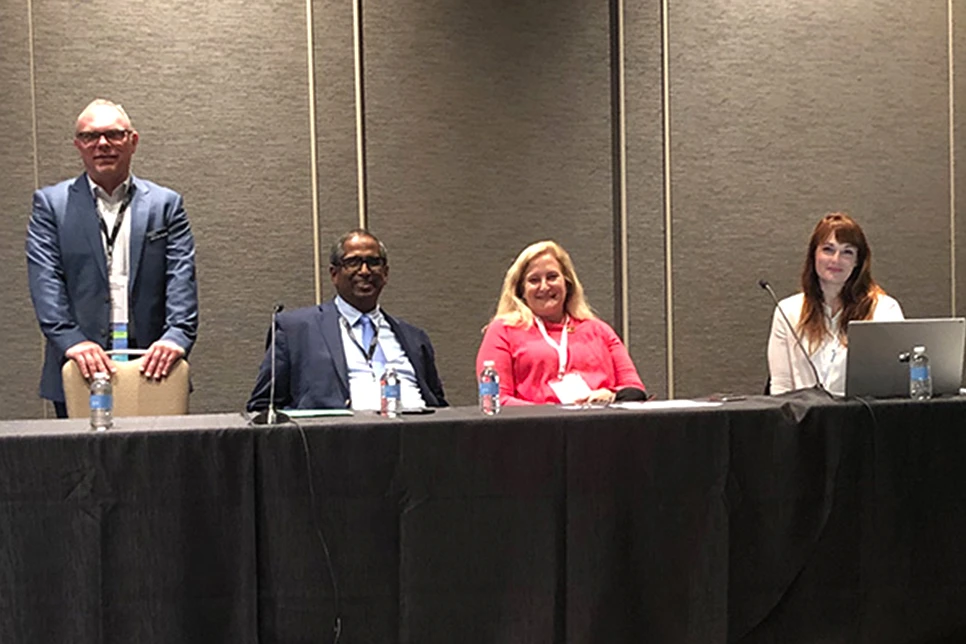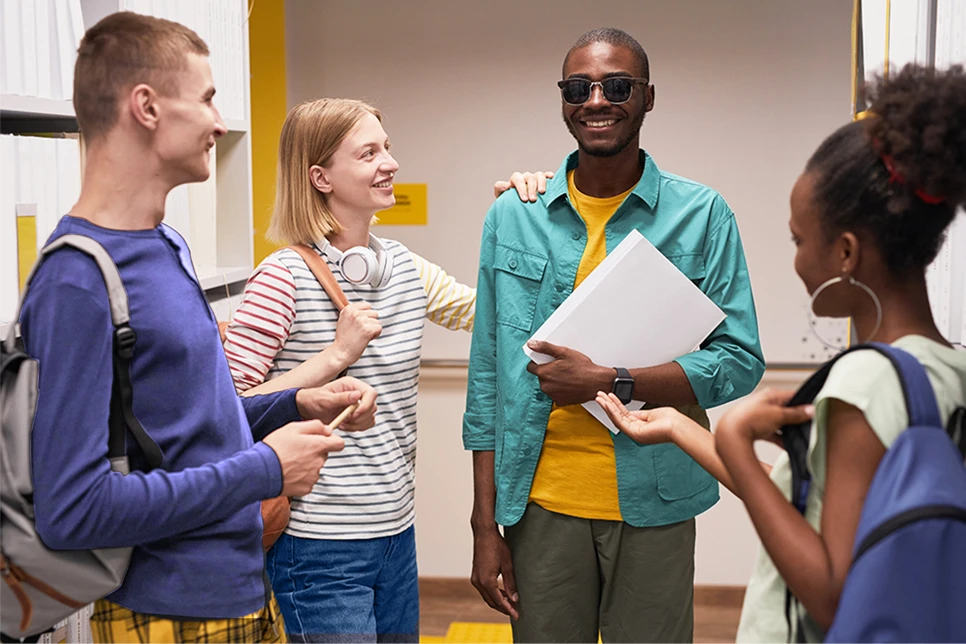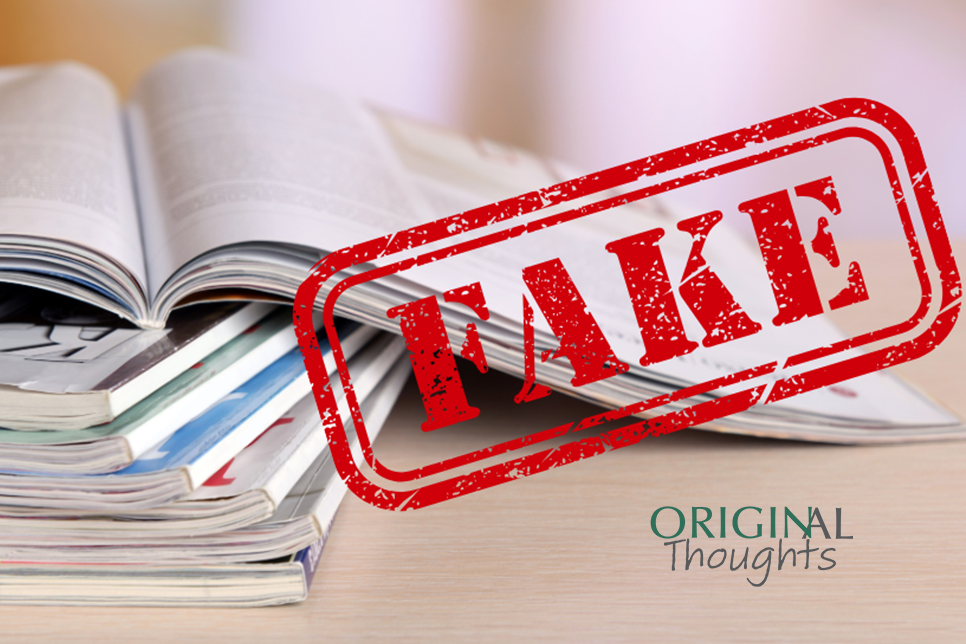by Mike Groth
In recent years, the publishing industry has gone through a much-needed period of introspection with regard to how diversity and inclusivity are reflected, in both its workforce and output. This often heated, ongoing discussion has led many publishers to take positive action and to adopt initiatives geared towards making the industry a fairer place, more representative of the diverse society in which we live.
However, one aspect of this debate which somehow gets neglected, particularly in academic publishing, is accessibility. While universities are mandated to ensure they can cater equally towards people with all types of abilities, more often than not the publishing industry which serves these institutions falls short in enabling them to achieve this goal.
There is a strong social and ethical case for making content more accessible, yet most digital and print publications are not yet instructionally effective and available for consumption to readers with disabilities, such as blindness and visual impairments or learning difficulties. And with an estimated 1.3 billion people globally classified as visually impaired there is a big case for this to be addressed to ensure greater equity and access across the board.
At the Society for Scholarly Publishing (SSP) Annual Meeting in San Diego last month we were delighted to see this issue at the forefront of the agenda, with keynotes and panel debates tackling the topic from varying angles. We hosted a seminar entitled “Digital Equality: The Importance of Accessibility in Your Publishing Strategy” which included guest speakers Pamela Starr from San Diego State University; Caroline Desrosiers, formerly of SAGE and founder of textBOX Digital; and our very own Atul Goel.
You can stream a free recording of the session at the SSP Library.
Institutional pressures
In her presentation, Pamela Starr cited a range of Acts inscribed into US law and used statistics to highlight the large number of students with disabilities both in the California State University system (over 16,000) and across the US (11 percent of all undergraduates). She pointed out that students qualifying for accommodations for ‘alternate media’ include many with ‘invisible’ impairments, including learning disabilities, ADD, chronic illnesses and brain injuries.
Dr. Starr touched upon the role higher education institutions must play in leveling the playing field, minimizing barriers and maximizing opportunities for all students, emphasizing the importance of the Universal Design for Learning (UDL) framework in ensuring multiple approaches and flexible learning environments can be incorporated.
Of particular concern is the onerous process universities must undertake to remediate non-accessible content on a frequent and ad hoc basis. While alternate media also includes Braille and large print, a major hurdle scholarly publishers can readily address is making electronic text compliant with assistive technology like Kurzweil 3000 and other screen readers.
Accessing visual content
Caroline Desrosiers reinforced the importance of publishers supporting institutions in implementing accessibility strategies with their approach to content delivery. She focused on how accessible image description, otherwise known as Alternative (or Alt) Text, can help publishers to achieve digital equity and make a big difference to readers with impairments and disabilities.
Drawing first on her experience at SAGE implementing accessibility programs, Caroline reiterated that, many publishers still fail to correctly apply Alt Text, a crucial element for people with cognitive and visual impairments to access important content such as images, charts and graphs. More than just image captions, quality alt-text is an art and science often requiring subject matter expertise along with thoughtful interpretation of the context of a graphic within a work.
For example, her new startup textBox implements the ‘focus/LOCUS’ method of visual analysis and technical research, encompassing, image segmentation, description and classification to provide detailed image descriptions and metadata. She advocates that if publishers love their images, their readers will love them for it.
The benefits for publishers
Commenting on some of the key benefits for publishers exploring making their content more accessible, Atul Goel, President of KnowledgeWorks Global Ltd. (formerly Cenveo Publisher Services) stated: “Accessible content automatically reaches more people, which is great for the business from a CSR standpoint as well as in the commercial sense.”
“Improved discoverability of content is a happy fallout of accessible publications, and this means that the availability of features such as semantic structuring, alternate text tags, closed captions, etc. simultaneously make content accessible and aid in its discoverability.”
He concluded: “Of course, content that is “born accessible” is also a federal mandate and baking in accessible design into production workflows is a way of ensuring that the business is legally compliant.”
The industry has a long way to go when it comes to making content universally accessible for all readers, but discussions such as these are important baby steps in working towards a more equal and fair information landscape.
Michael Groth is Director of Marketing at KnowledgeWorks Global Ltd. and longtime denizen of the scholarly publishing industry. He can be reached at mike.groth@kwglobal.com.
Access the recording at the SSP Library







